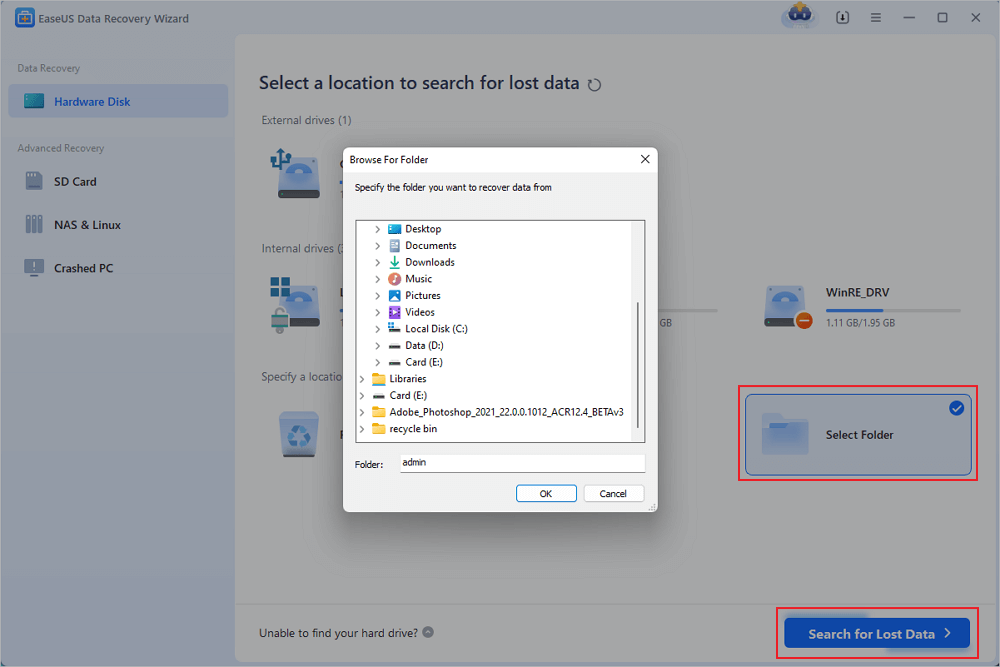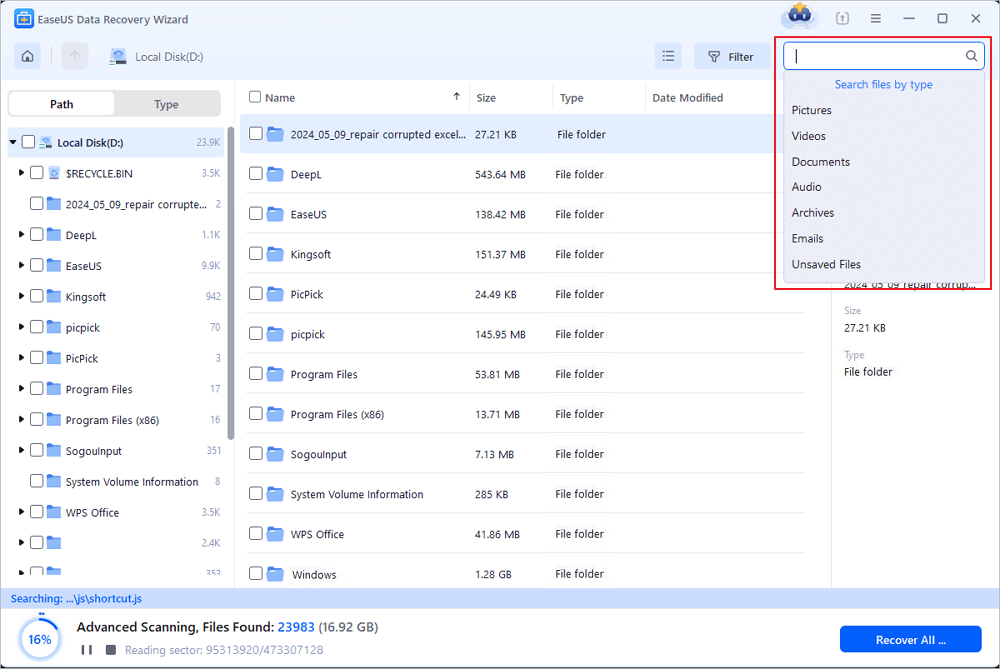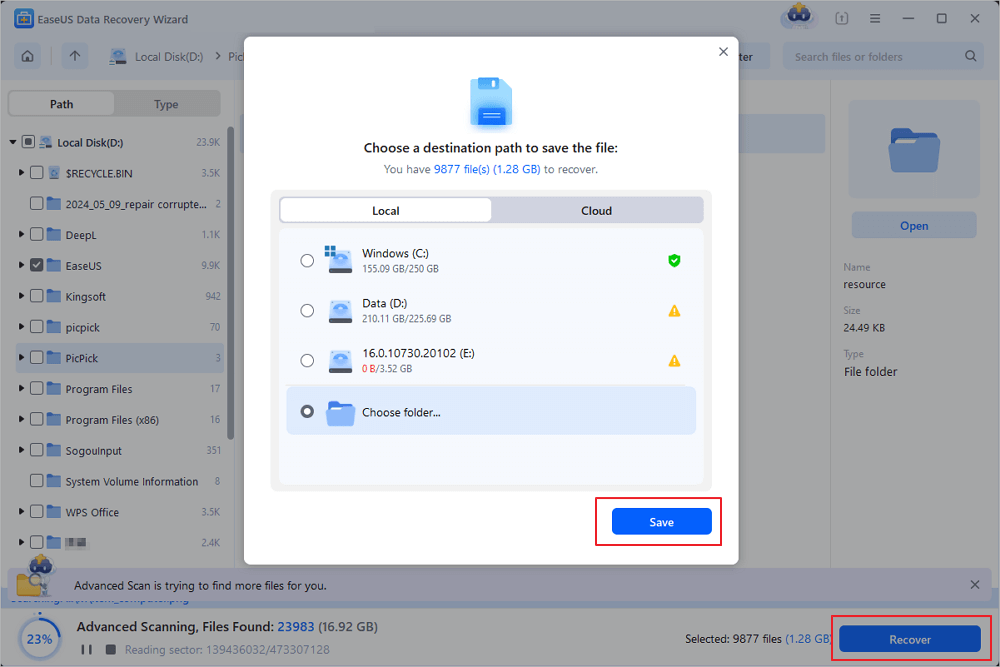One of the most effective ways to nurture leads and increase sales is through email marketing. But your success in this matter rests on a solid email marketing funnel that takes prospective customers through each step of their journey. Attracting interest is only half the battle; a strategically crafted funnel keeps your communications relevant every step of the way. Companies like Warmy.io play an important role to enhance this process as it doesn’t just improve the email deliverability, it also provides you the tools to warm up your email strategy to land them in inboxes instead of spam folder.

What Is an Email Marketing Funnel?
An email marketing funnel is a journey a subscriber goes through from the first moment they discover your brand to becoming a loyal customer. It is comprised of four vital phases: awareness, engagement, conversion, and retention. Each stage of the customer journey requires specific email content in order to nurture the leads properly and lead them to the center purchase.
This allows businesses to send an email according to the specific requirements of each stage. By using this method you utilise the power of every single email that is sent creating a more solid relationship which ultimately leads to better conversion.
Step 1: Awareness – The Moment to Captivate
What Does the Awareness Stage Look Like?
The awareness stage is about getting your brand in front of potential customers and piquing their interest. At this stage, your subscribers may still be getting to know your products or services, so the content they receive needs to educate, engage, and intrigue them.
Emails for the Awareness Stage
If you’re sending welcome emails or newsletters focused on value added content, this is where they succeed. Be authentic and follow up with points of difference and insights that help solve a challenge or meet a need. For instance, if you sell eco-friendly products, demonstrate how your products promote a sustainable lifestyle. Your tone should feel universally relaxed for areas of interest with an aim on building faith.
Step 2: Engagement – Relationships are Formed
Key Aspects of the Engagement Stage
After you hook attention, the next stage is to engage subscribers. This is a stage of building a relationship – adding value with content relevant to them and showing how you fit into their world.
For the Engagement Standing: Emails
How-to guides or product tutorials help position you as an expert in your field. Tailored recommendations according to subscriber interests will also improve engagement. An e-commerce business, for instance, might dispatch curated product suggestions based on browsing history. The focus should on keeping your audience engaged and creating a feeling of familiarity with your brand.
Step 3: Conversion – Encouraging Action
The Conversion Stage Explained
The conversion stage is where your subscribers become customers. Here, the emphasis turns more to driving action, whether that’s to make a purchase, subscribe to a service, or schedule a consultation.
Emails in the Conversion Stage
Your emails at this point need to contain effective calls-to-action (CTAs), exclusive offers, or limited discounts. For example, a seasonal sale announcement from a fashion retailer might be an HTML email with a prominently placed “Shop Now” button. Customer reviews or testimonials, for instance, can provide social proof which helps to establish trust and pushes subscribers to take action.
Step 4: Retention – Creating Loyalty
What to Expect from the Retention Stage
But once a subscriber is converted into a customer, the goal is to keep them loyal and coming-back for repeat business. Retention, of course, is part of the conversation, but it’s about inviting customers to reinforce why your brand is valuable.
Automatic Emailing for Retention Stage
For example, sending thank you emails right after they make a purchase, followed by emails about new products or services that match their interest. Retention can also be enhanced through loyalty programs and exclusive offers for returning customers. A subscription-based company might fire off an email saying that long-term subscribers get a discount on their next billing cycle, for example. The main thing is to express gratitude and keep a relationship.

The Importance of Email Warm-Up Tools
The Importance of Deliverability
Your emails will go to spam and your email funnel will not even work in the first place no matter how beautifully designed it is. It is vital for you to know that deliverability is more important than anything else if you want your messages to reach their target audience. If they do not have a good reputation, email providers are likely to mark your emails as spam.
How Warmy.io Helps
So using an email warm-up tool is also important for maintaining high deliverability rates. Warmy.io is one of the strongest solutions that allows businesses to gradually establish their sender reputation by messaging engaged audiences then mimicking activity, which lets the email providers recognize your domain as trustworthy. By using Warmy.io, the risk of your emails landing in the spam folder is also reduced tremendously allowing personalized campaigns to reach inbox that can actually make an impact.
The Whole Kit and Caboodle: Building Your Funnel
Creating an email marketing funnel that converts starts with an integration of strategic content creation, audience insights and deliverability optimization (i.e., ensuring people receive your emails). First, get to know your audience and their needs at every step and create emails according to their needs. Use tools like Warmy to avoid all spam issues in order to keep your messages landing straight to your subscribers’ inbox, thus putting your funnel to maximum performance.
With a continuous strategy optimization process and advanced tools in hand, you can create a winning funnel that turns leads into customers and customers into fans. A solid email marketing funnel will help your business foster long-term relationships with customers and increase sales and engagement.
























